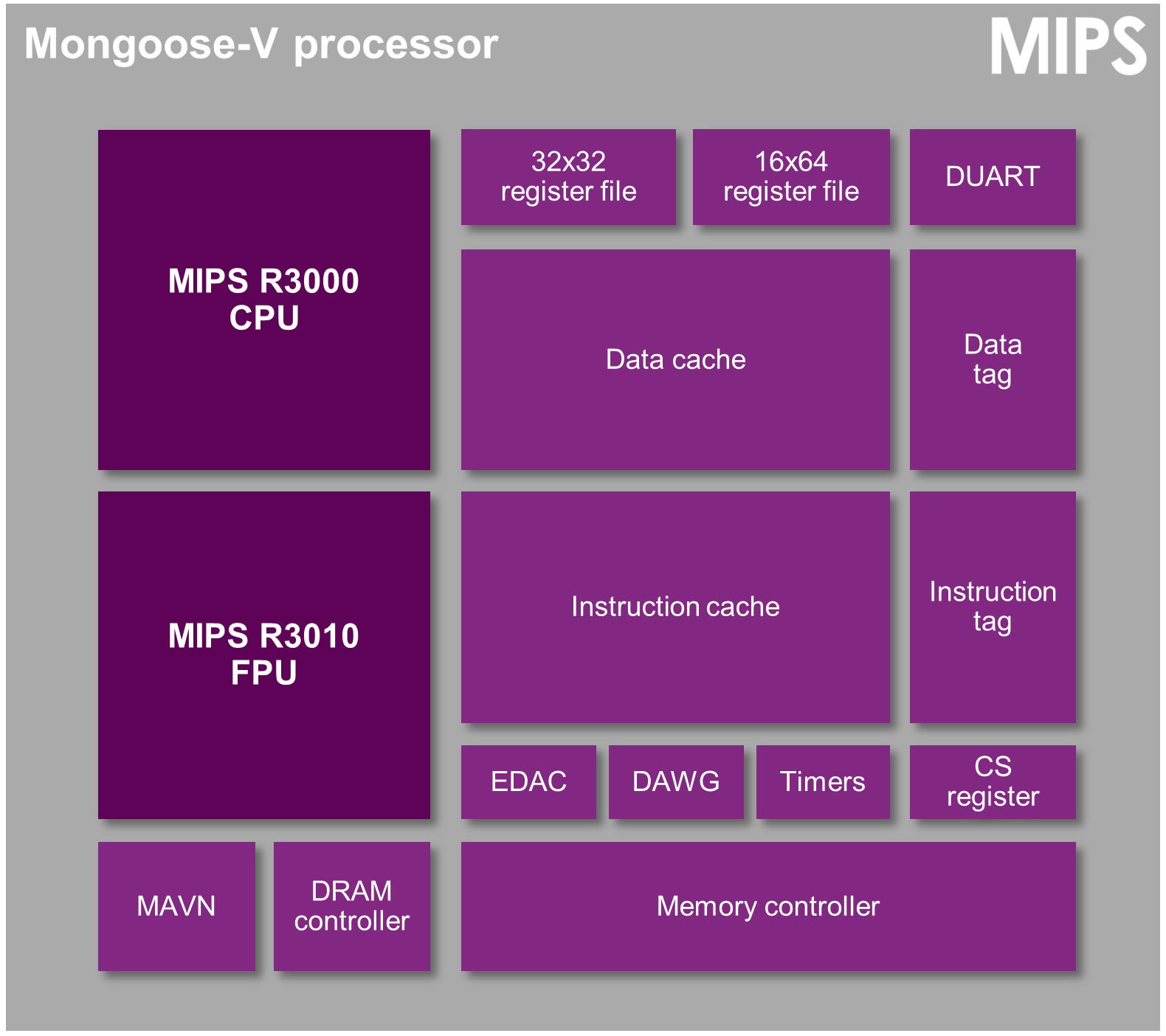PlayStation MIPS chip reaches Pluto after nine years
Conducting the first mission to Pluto and the Kuiper Belt, NASA’s New Horizons spacecraft recently came out of hibernation for its long-awaited encounter with the world’s most famous dwarf planet. Traveling across the solar system, the $650m New Horizons spacecraft is now approximately 3.5bn miles from the Sun, nine years after its launch from Cape Canaveral.
The probe, projected to arrive around 14th July this year, is carrying the ashes of Clyde Tombaugh, the American astronomer who discovered Pluto in 1930. The probe has been navigating the solar system at approximately 36,373 mph, using two computer systems: one for command and data handling and the other handling guidance and control. For safety reasons, each of the systems is duplicated, leading to a total of four on-board processors.
Communications to and from Earth take four and a half hours each way, making control of the probe tricky. After its voyage, New Horizons had to hit a target roughly 120 miles in diameter - the equivalent of nailing a coin from 100 miles away with an arrow.
The CPU of choice for New Horizons is a MIPS-based Mongoose-V chip, clocked at 12MHz. Mongoose-V is a radiation-hardened version of the MIPS R3000 CPU and is manufactured by Synova, a Floridian company that specialises in turnkey aeronautics solutions.
The engineers at NASA and Synova have worked together to implement multiple clocks and timing routines in hardware and software to help prevent faults and downtime. The Mongoose-V processor analyses positional information, distributes operating commands to multiple spacecraft subsystems, collects and processes instrument data, and sends bursts of data back to Earth. It also runs an advanced autonomy algorithm that allows the probe to auto-correct any issues or contact operators on Earth for help.
MIPS R3000 is a 32-bit RISC MPU chip found in workstations and servers designed by companies such as Evans & Sutherland, DEC, Silicon Graphics, Tandem Computers, Whitechapel Workstations and many others. Most notably, it was the CPU of choice for the original PlayStation game console from Sony, and is still being used by Toshiba in a range of MCUs. It is a 2nd gen implementation of the MIPS I ISA and was introduced in the late 1980s, following the success of the flagship R2000 MPU.
Since the MIPS instruction set is known for simplicity, MIPS R3000 is significantly smaller in size compared to similar CPU architectures launched around that time (e.g. 80x86, 680x0). The reduced instruction set combined with a 5-stage pipeline design allows R3000 to execute most instructions at a rate close to 1 instruction per cycle.

In addition to the CPU core, the R3000 MPU includes an external R3010 FPU, a memory controller and on-chip peripherals such as error detection and correction, timer, dual UART and expansion interrupts.
The same chip that allowed Tekken, Crash Bandicoot and Resident Evil to glue you to your sofa in the late 90s is effectively orchestrating the first mission of NASA’s New Frontiers Program. Once a NASA mission completes its prime objective, the agency forms a committee to determine whether extended operations are warranted or if the spacecraft can return to Earth.
Throughout the first approach phase, which runs until spring 2015, New Horizons will conduct a significant amount of scientific research. Spacecraft instruments will gather continuous data on the interplanetary environment where the planetary system orbits, including measurements of the high-energy particles streaming from the sun and dust-particle concentrations in the inner reaches of the Kuiper Belt. The belt, an unexplored region on the solar system’s outer frontier, potentially includes thousands of similar icy, rocky small planets in addition to Pluto itself.
More intensive studies of Pluto begin in the spring, when the cameras and spectrometres aboard New Horizons will be able to provide images of higher resolution than the most powerful telescopes on Earth. Eventually, the spacecraft will obtain images clear enough to map Pluto and its moons more accurately than achieved by previous planetary reconnaissance missions.
“NASA first mission to distant Pluto will also be humankind’s first close up view of this cold, unexplored world in our solar system,” said Jim Green, Director, Planetary Science Division, NASA. “The New Horizons team worked very hard to prepare for this first phase, and they did it flawlessly.”


